Teaching Practical skills to my students: computer assembly
I know many would wonder why I don’t post on a daily basis on my steemit blog….. Anyways, this is simply because I have been busy at school trying to impact knowledge to the future leaders of tomorrow as a proud teacher and Instructor that I am. Although, is not always easy to be a teacher…
I would like to share with you one of my computer lab activities “a computer assembly practical session” with my students at school today.
Today's Practical Topic: "Computer Assembly"
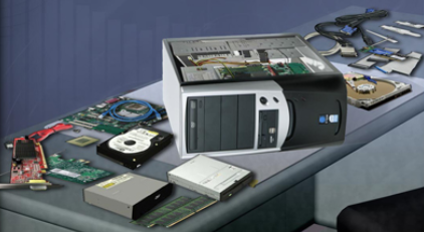
“Practical skills” means skills performed by hand like tying a knot or skills performed with human intervention using equipment, tools or technology requiring guidance, force or movement as the case may be.
Teaching practical skills requires using very precise instructions to enable the learner to follow the process and to as well repeat the skills. Because in order to meet the demand of computer-literate graduates, it is important to determine what constitutes desired computer competency and how they should be taught.
Below are my adopted approaches in order for them to improve their computer assembly skills with practice.
My “four-stage approach” to teaching practical skills
Stage 1
Demonstration of the skills at normal speed, with little or no explanation
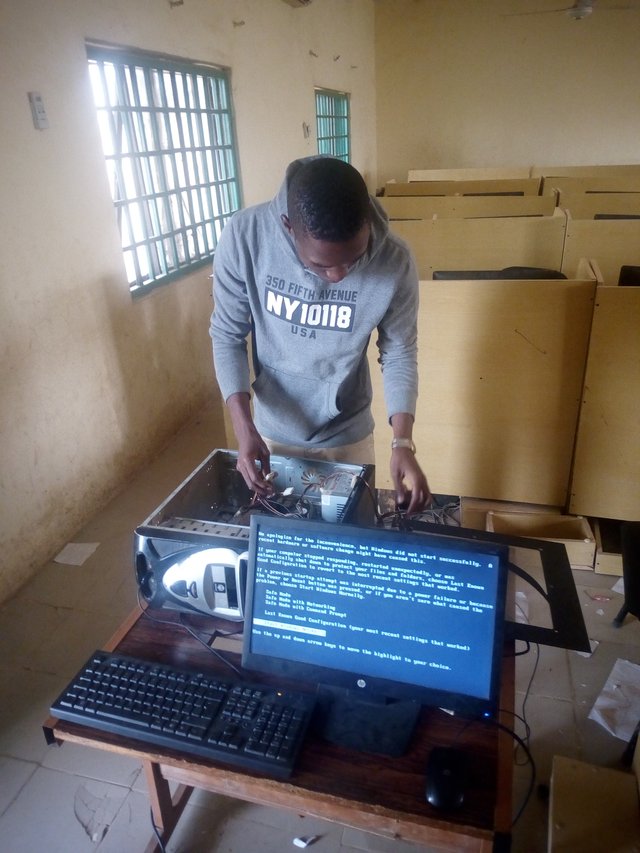
Stage 2
Repetition of the skill with full explanation, encouraging the learner to ask questions
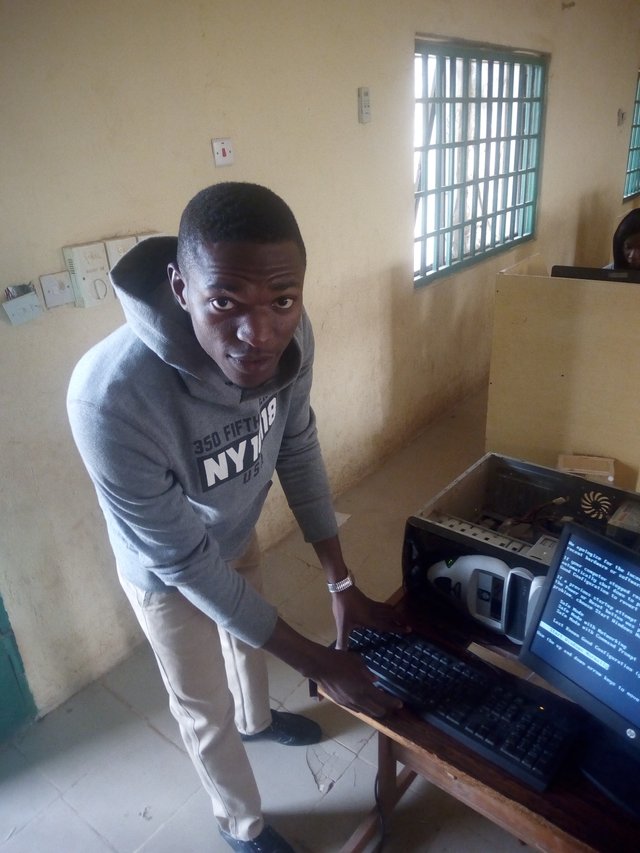
Stage 3
The instructor performs the skill for a third time, with the learners providing the explanation of each step and being question on key issues. I repeatedly provides necessary corrections until I was satisfied that the learners fully understands the skills…..
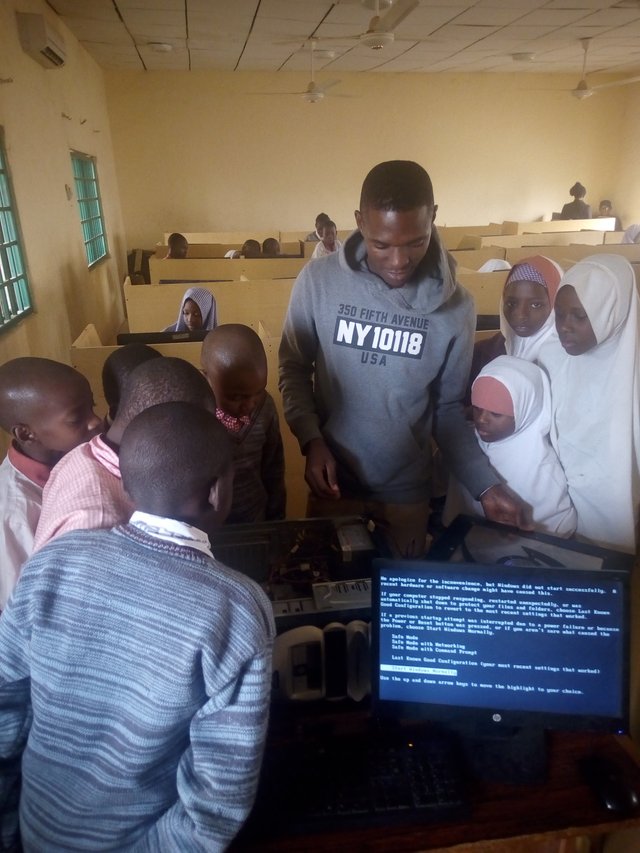
Stage 4
The learners now carries out the skill under close supervision describing each step before it is taken.
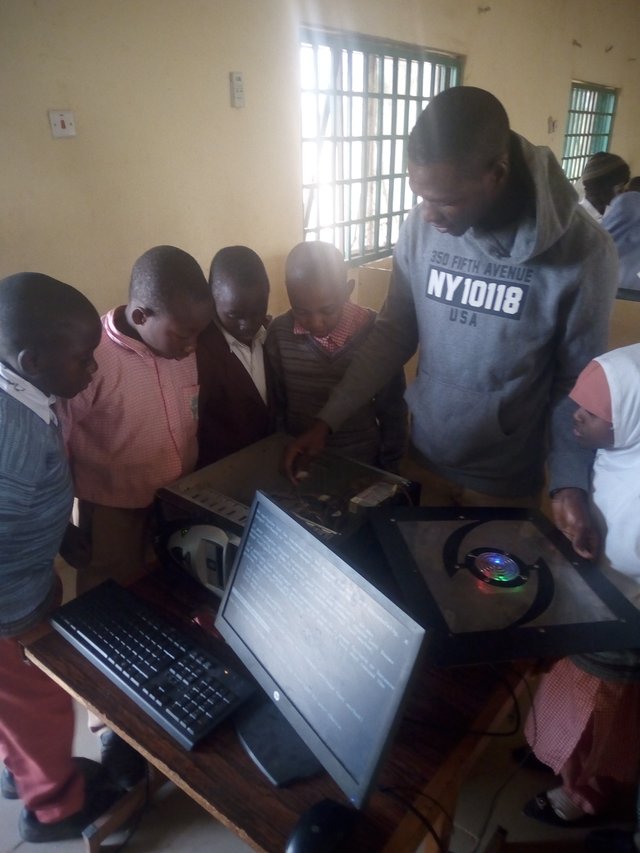
After successful assembly of the computer, the students were meant to Boot the computer system for the first time. And also meant to understand the following:
When the computer is booted, the basic input/output system (BIOS) will perform a power-on self-test (POST) to check on all of the internal components.
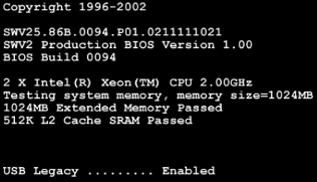
POST checks to see that all of the hardware in the computer is operating correctly.
If a device is malfunctioning, an error or a beep code alerts the technician that there is a problem.
Typically, a single beep denotes that the computer is functioning properly.
If there is a hardware problem, the computer may emit a series of beeps.
Instructors/teachers comments and suggestions on how to deliver computer practical skills in a more efficient way is highly welcome.